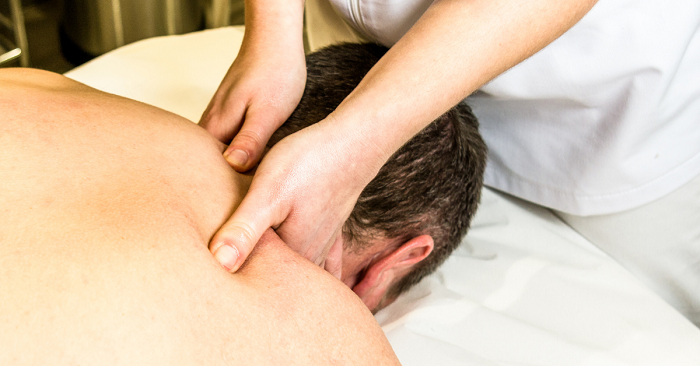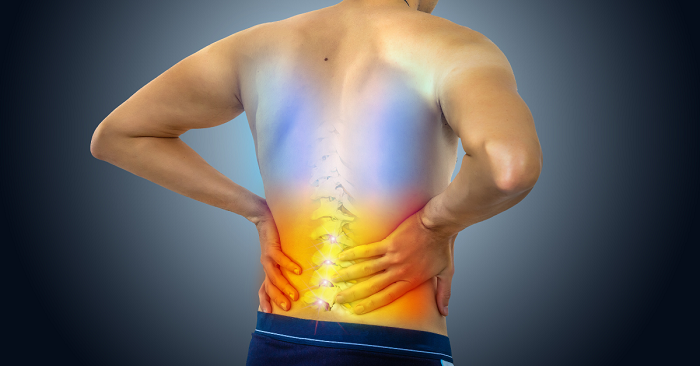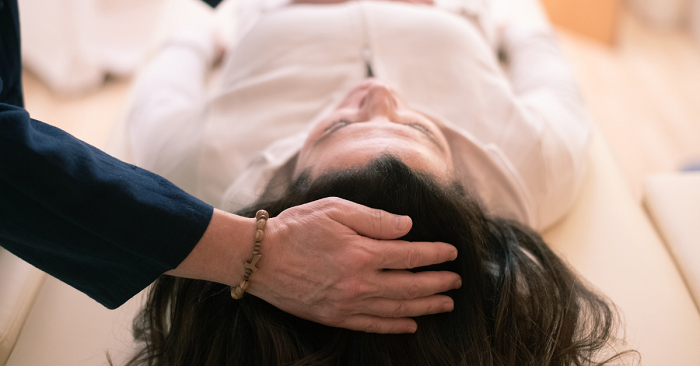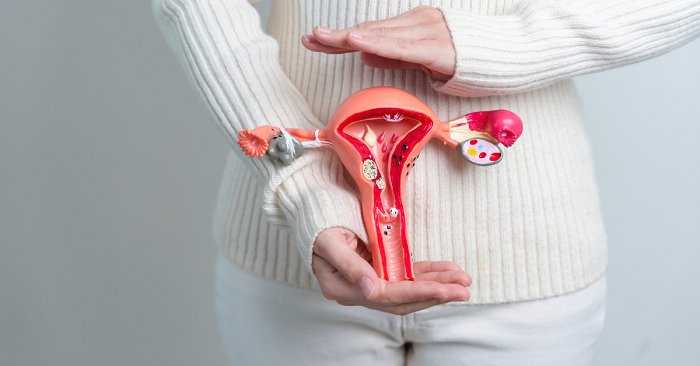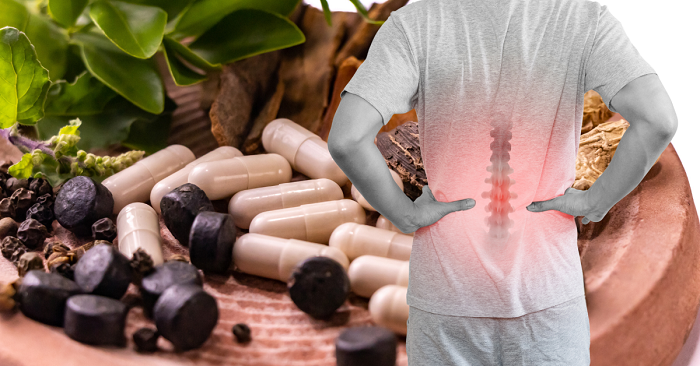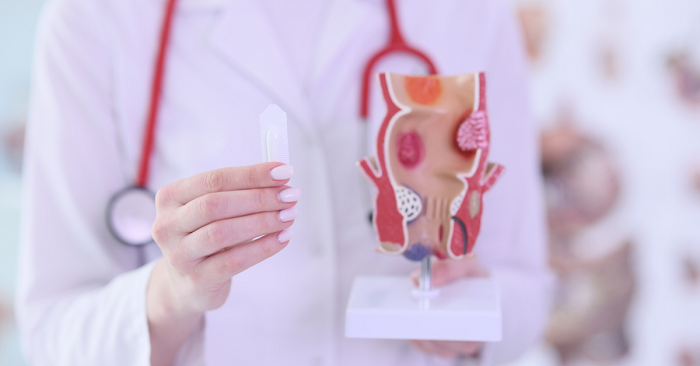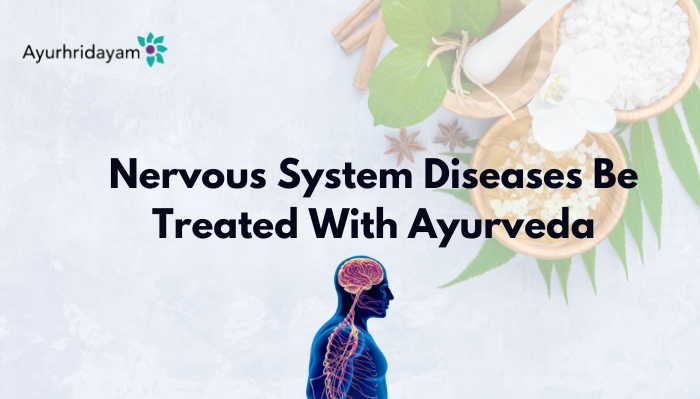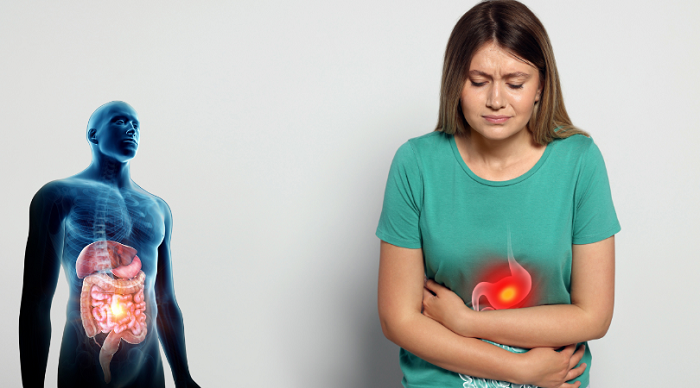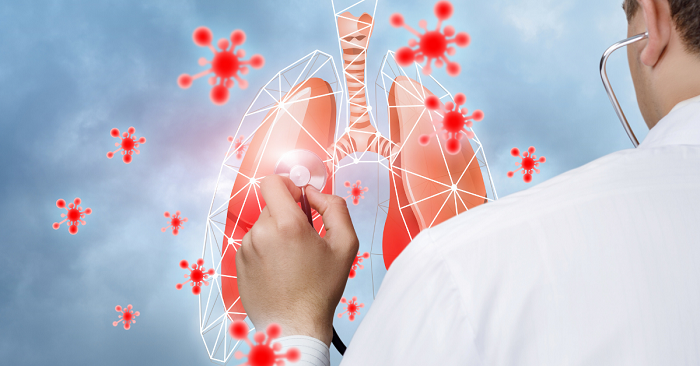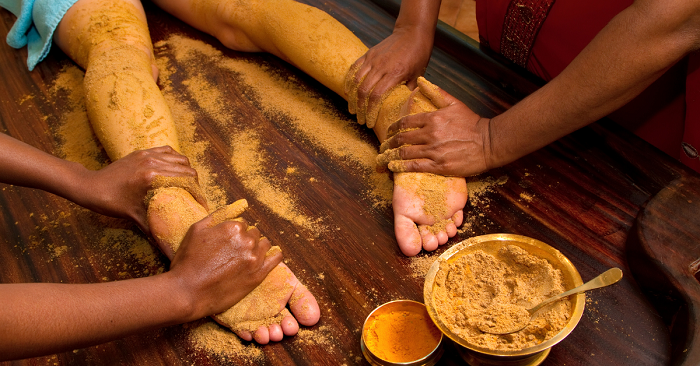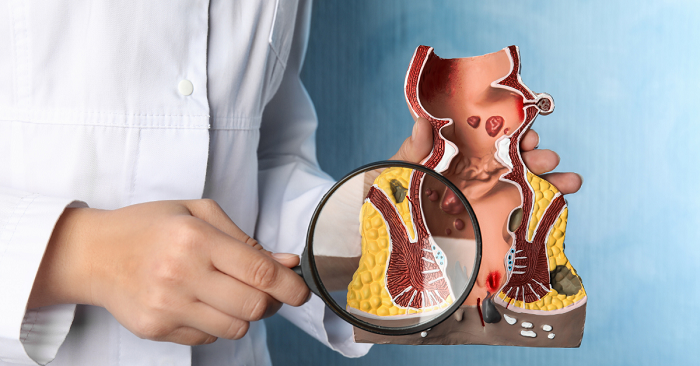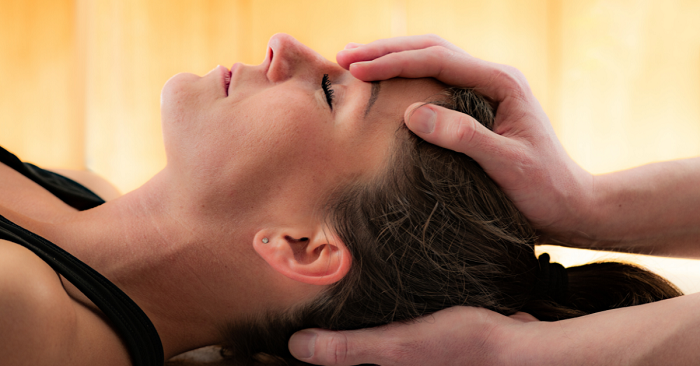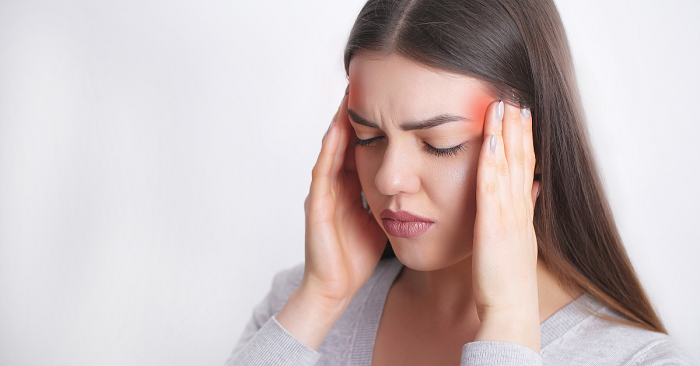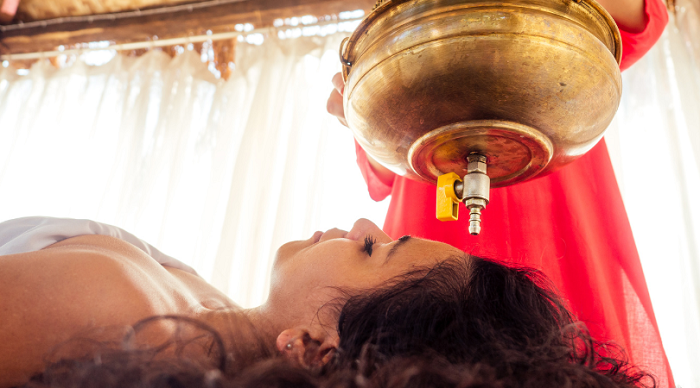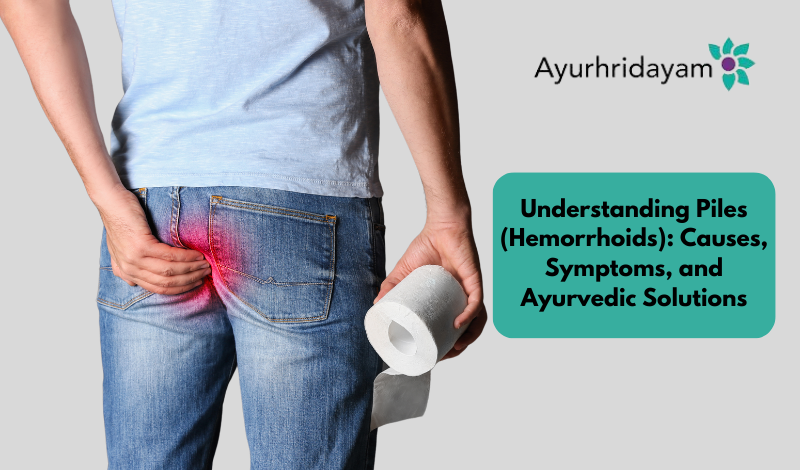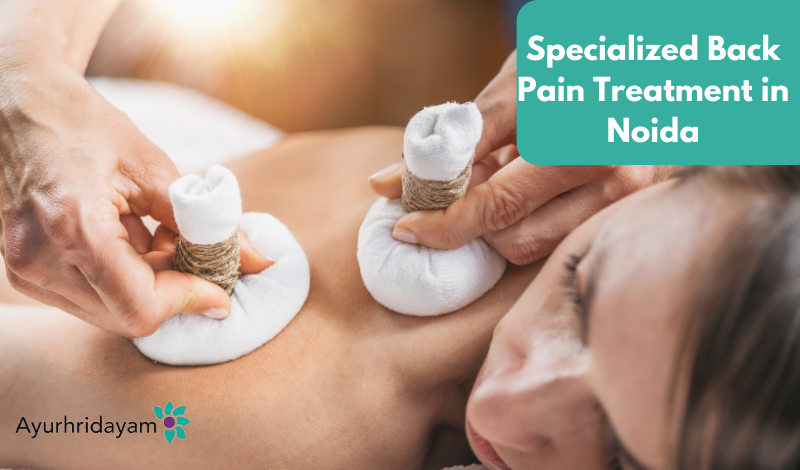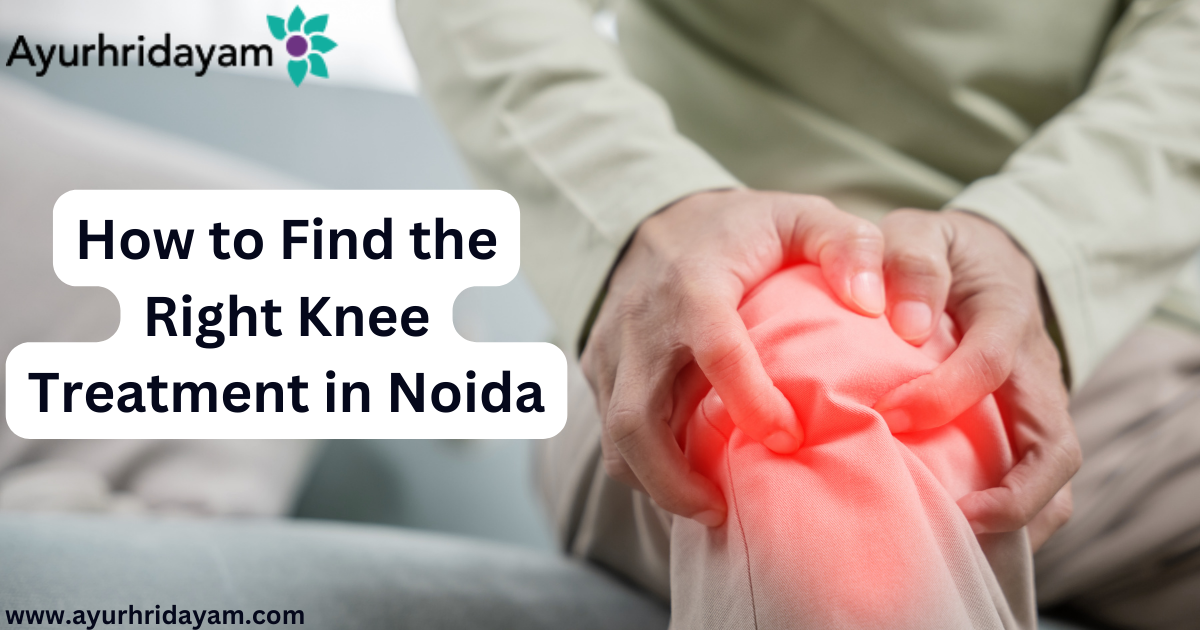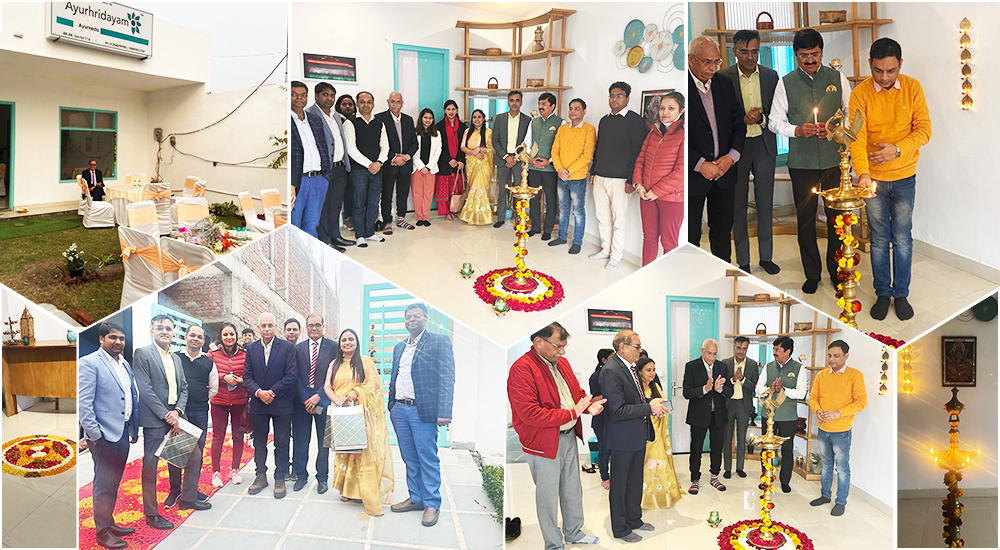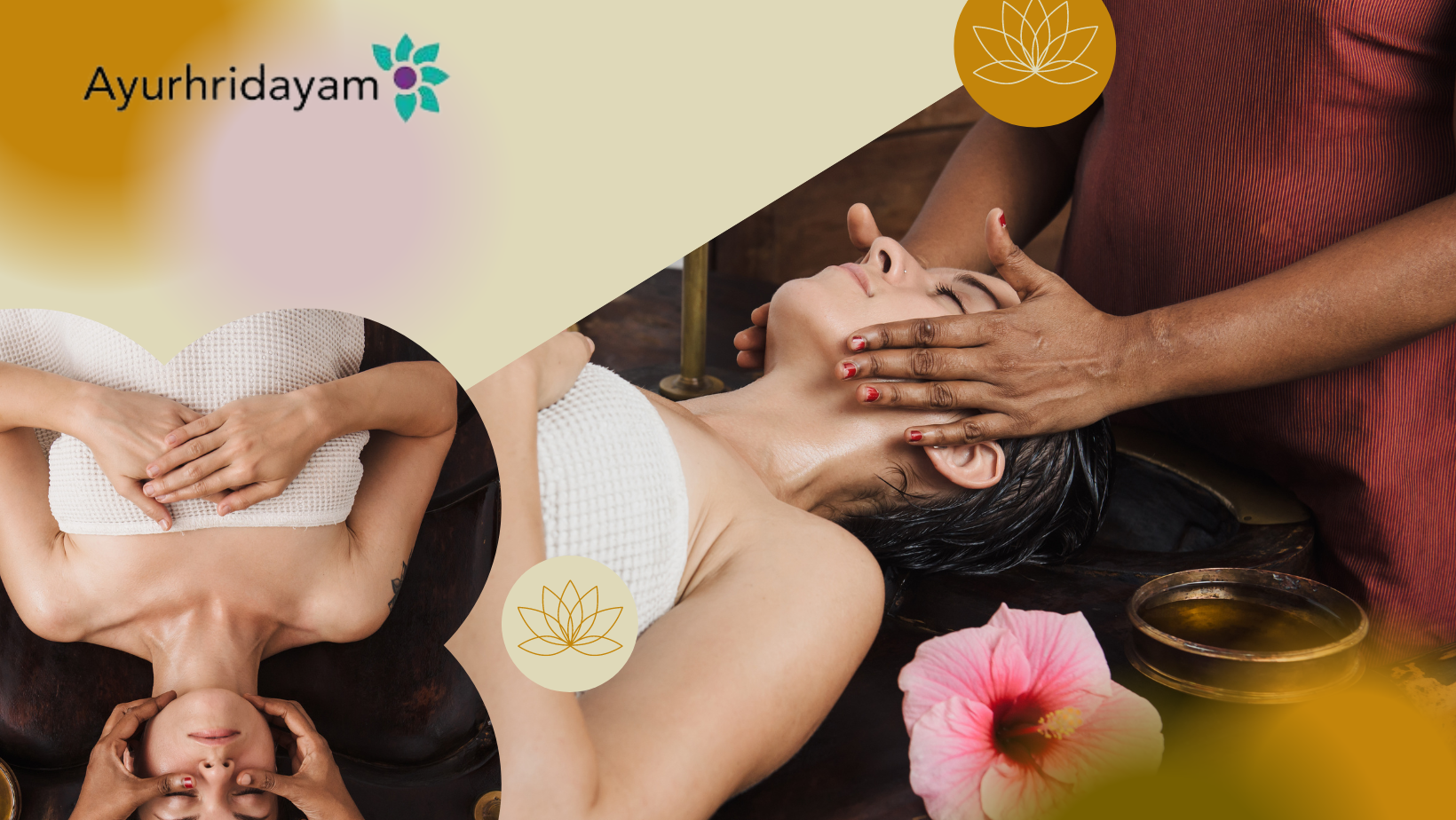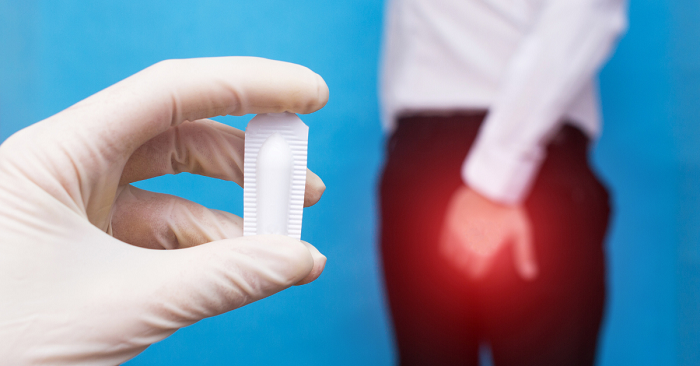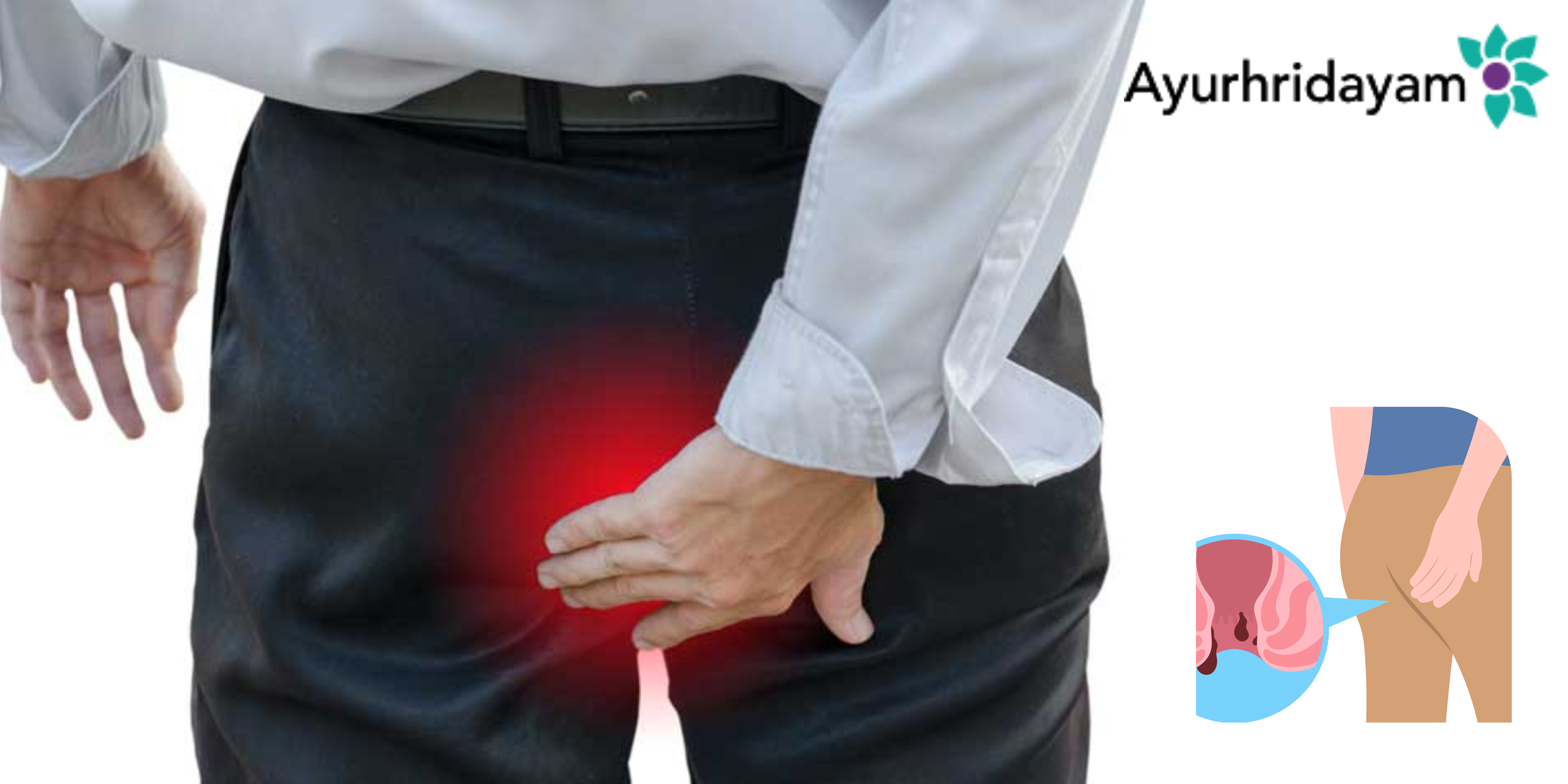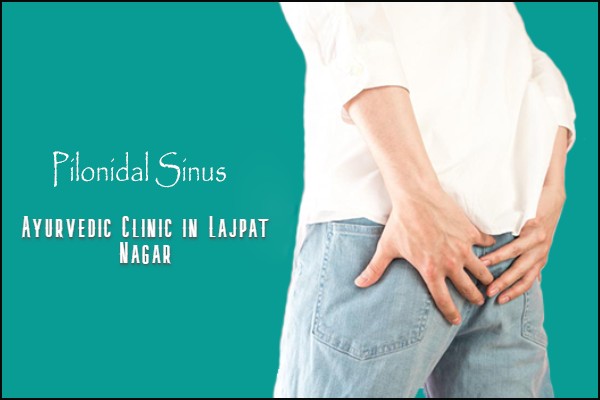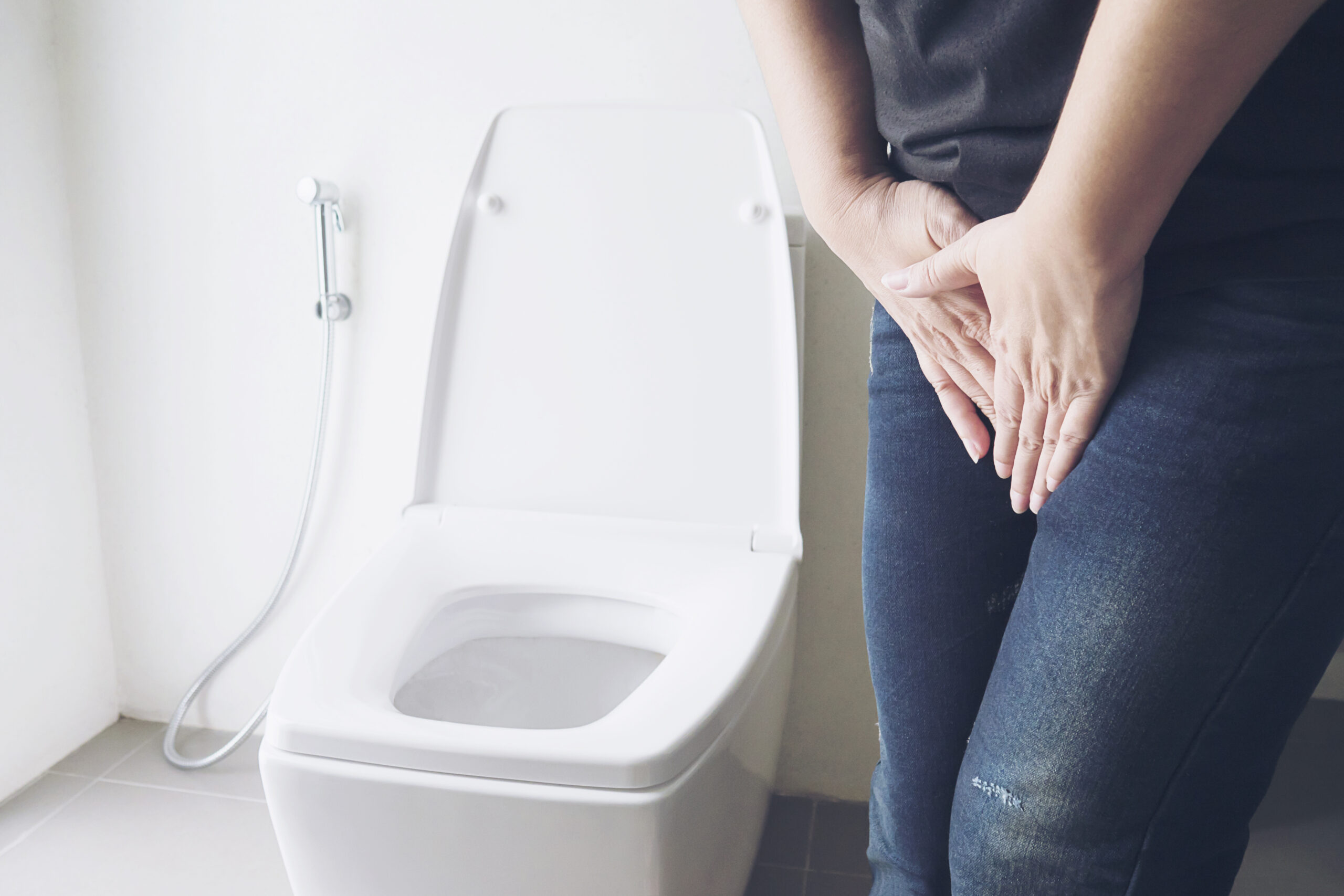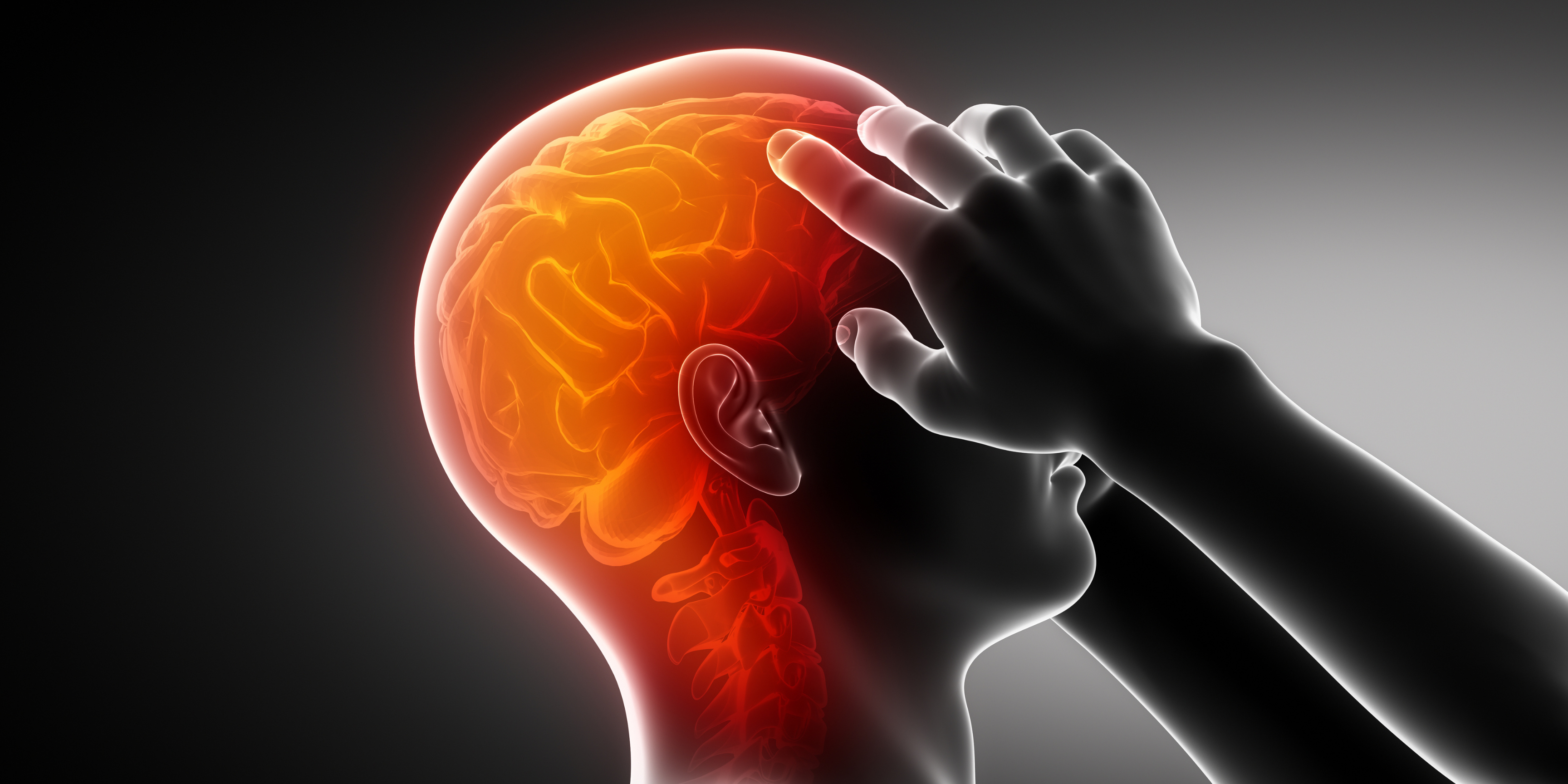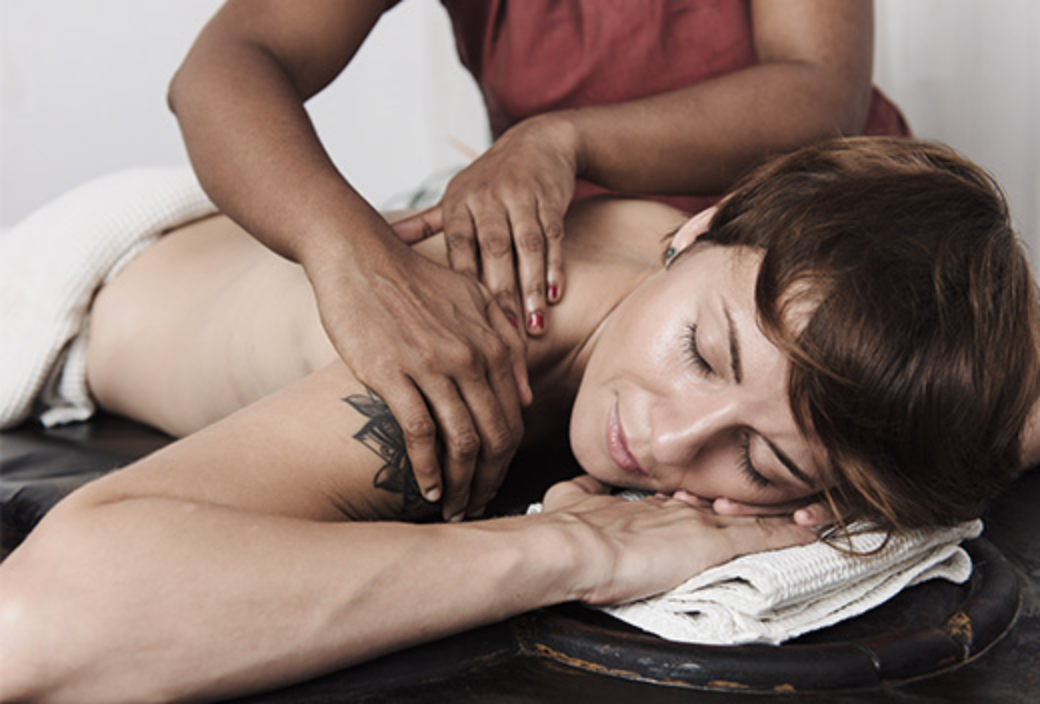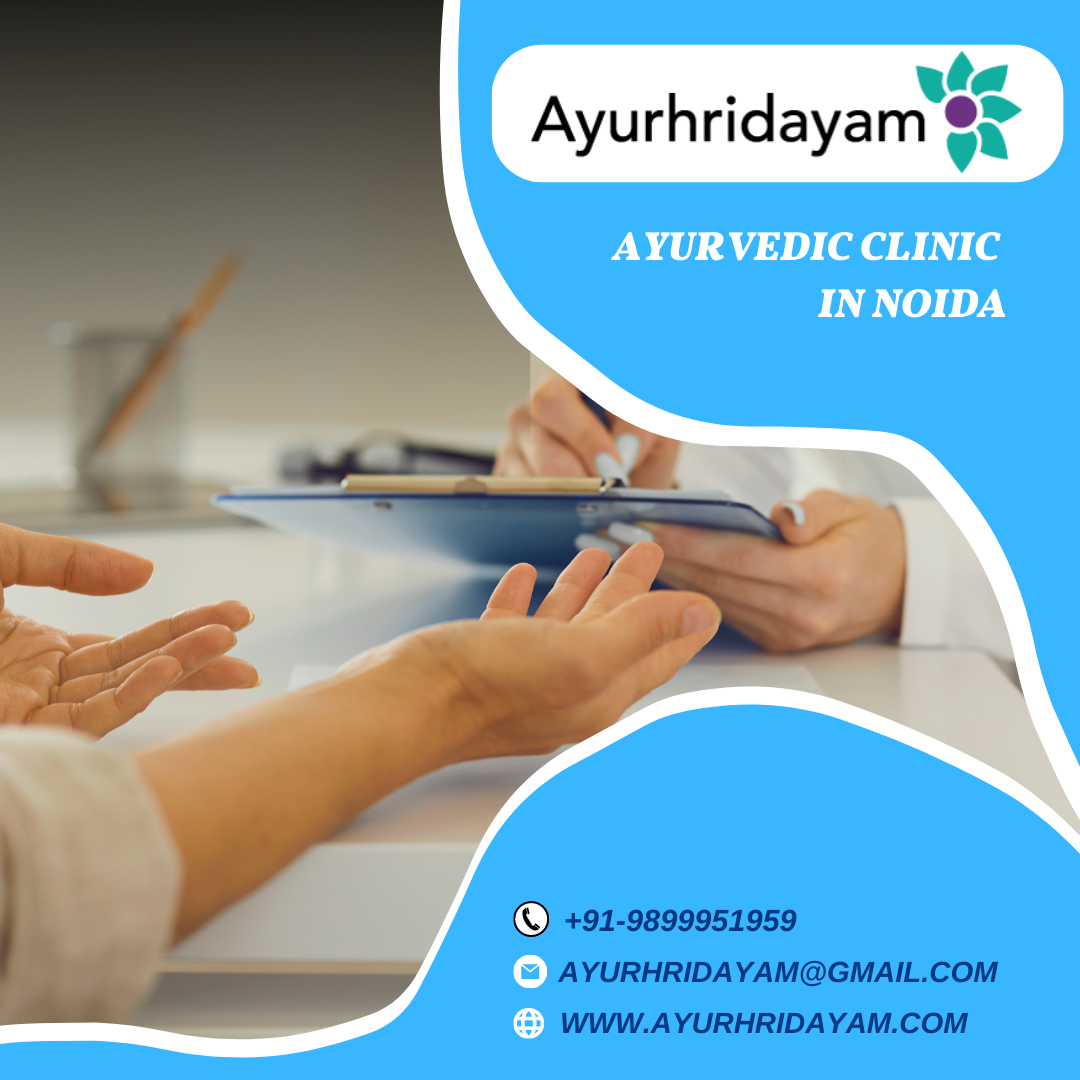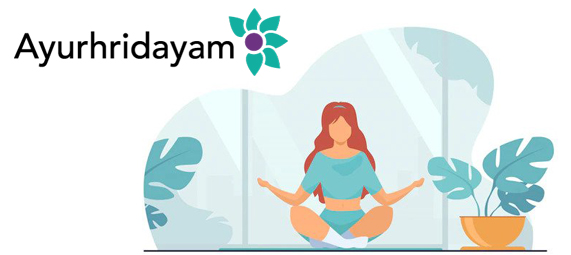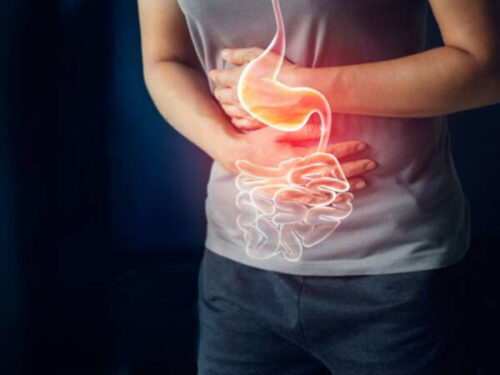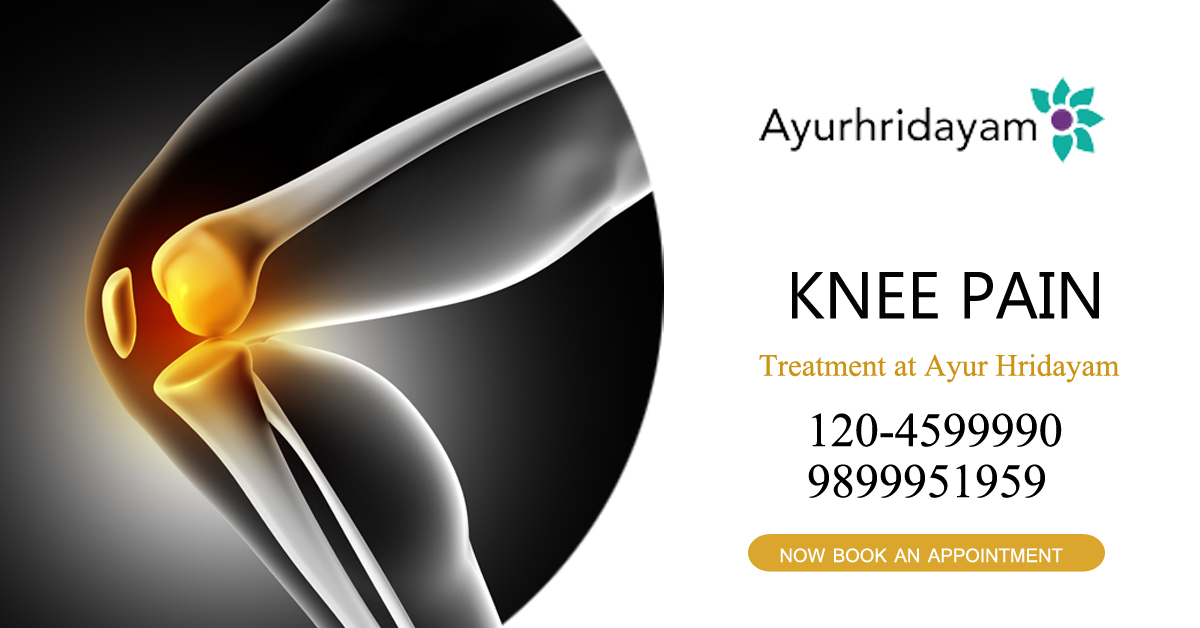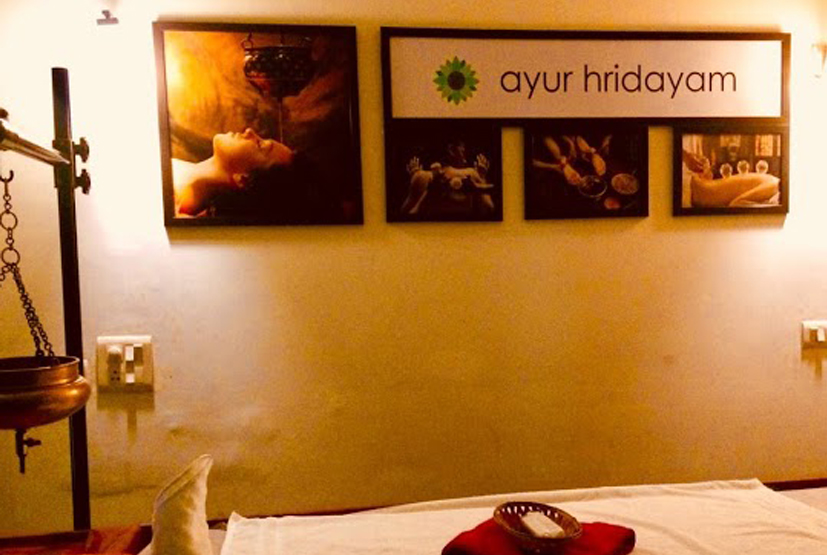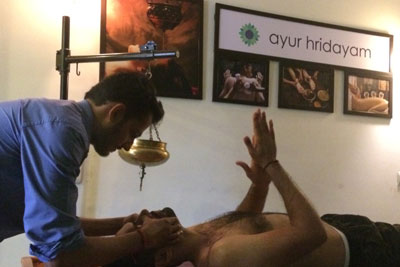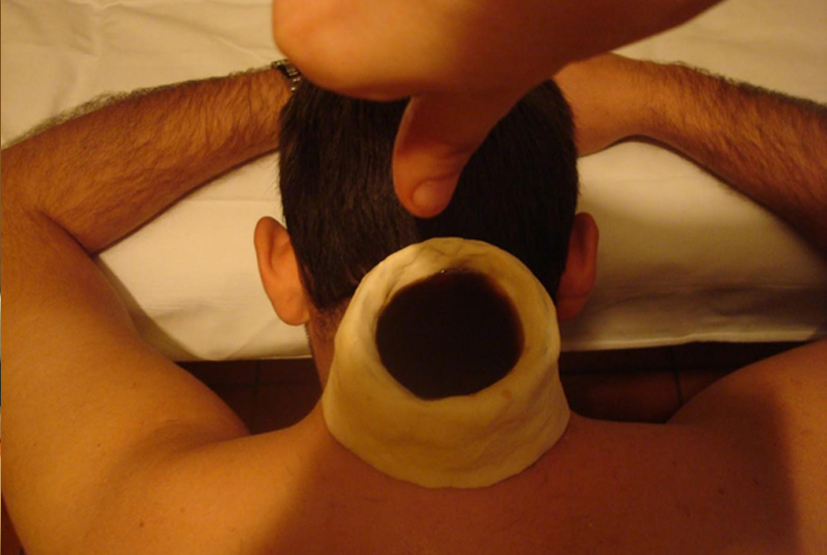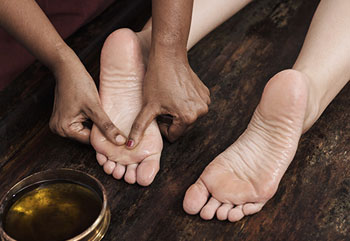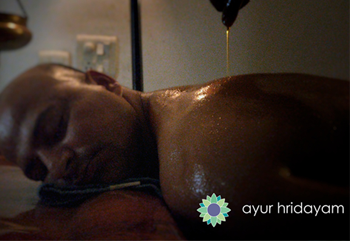Types of Ayurveda Treatments and Their Benefits
Home / Types of Ayurveda Treatments and Their Benefits

Ayurveda is a form of medicine that employs natural methods to restore the imbalance created in our body. It originated in India more than 3000 years ago and is based on the principle that health and wellness rely on the delicate equilibrium of the mind, body, and soul. The primary purpose of Ayurvedic medicine is to promote health and prevent disease rather than eradicate its symptoms. There are many types of Ayurvedic treatments according to different diseases. In this blog, we will talk about these at length.
Ayurvedic therapists believe that every person is made up of the five essential elements of the universe: earth, water, fire, air, and space. These doshas unify in the human body to create life forces, known as doshas. It is believed that the balance of your doshas influences your chances of becoming ill, as well as the health problems that you may acquire.
Types of Ayurvedic Treatments
To prevent such imbalances, there are many Ayurvedic treatments that help people restore this balance and avoid developing diseases. Here are a few commonly practiced Ayurvedic treatments:

- Panchkarma is a five-step process that removes all waste from the body while simultaneously cleansing and de-stressing the body. There is a pre-purification stage too, where the body is massaged before starting the treatment. The patient undergoes Vamana, or induced vomiting; Virechan, or purgation; Basti, or enema; Nasya, or nasal treatment with oil; and Raktamoskha, which is blood cleansing.
- Shirodhara is another traditional Ayurvedic therapy that involves slowly and constantly dripping medicinal oil or decoctions onto the forehead. The therapy creates a calm sense of awareness, which leads to psychosomatic balance.
- Basti detoxifies the body by removing toxins and unwanted substances, and Ayurvedic practitioners use the anal route to inject medicated oils into the body. The intestine absorbs the beneficial components of both the carrier oil and the medications. This medication is useful for illnesses such as chronic constipation, sciatica, low back pain, arthritis, and gout.
- Nasya is the process for administering Ayurvedic oils and fluids to the nasal cavity through the nostrils. Nasya cleanses and detoxifies the nasal cavities, which are considered to be the gateway to the head and the brain. It is an effective cure for headaches, migraines, sinus congestion, and clearance of the nasal passage for improved breathing.
- Tarpanam is a process that involves surrounding the eyes with a mixture of dough and pouring medicated oil or ghee into the eyes around that. As the oil is poured in, the patient is instructed to close and reopen their eyes several times. Tarpanam is essentially an eye-cleansing procedure that provides cooling to your eyes. This treatment is extremely efficient at improving vision, treating dry eye syndromes, strengthening the optic nerve, and preventing various eye disorders.
Ayurhridyam, a leading Ayurvedic clinic in Lajpat Nagar, employs the most skilled Ayurvedic practitioners. They provide professional consultations to each patient and develop a tailored patient-centered treatment plan.
They have the best Ayurvedic doctor in South Delhi and provide patients with high-quality medical care through a variety of Ayurvedic treatments. Seek out the best Ayurvedic treatment for yourself and enhance your health and wellness to live a disease-free life!



